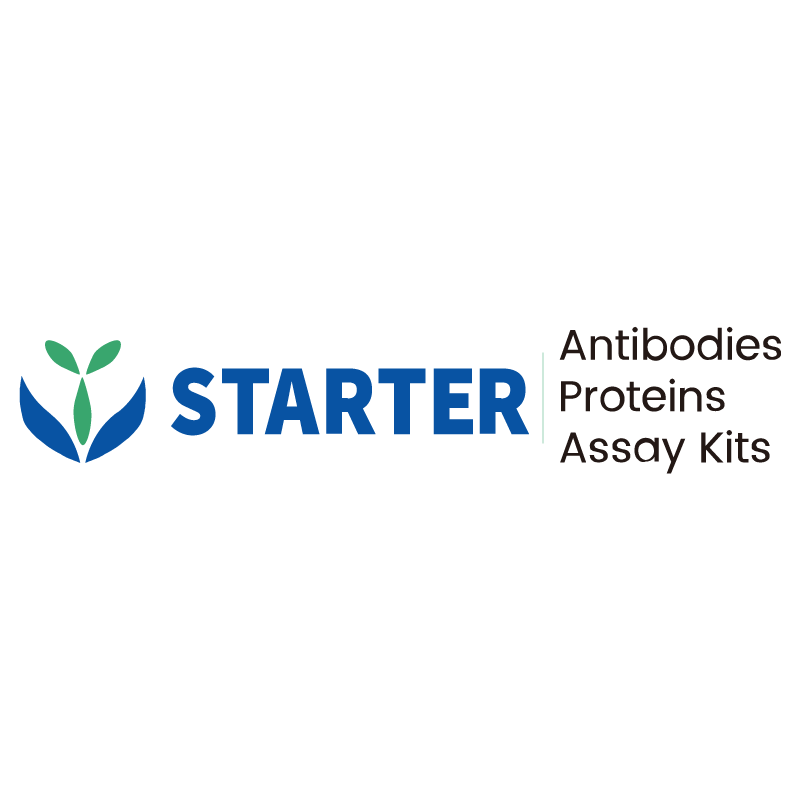Product Details
Product Details
Product Specification
| Host | Rabbit |
| Antigen | UCH-L1/PGP9.5 |
| Synonyms | Ubiquitin carboxyl-terminal hydrolase isozyme L1; UCH-L1; Neuron cytoplasmic protein 9.5; PGP 9.5 (PGP9.5); Ubiquitin thioesterase L1; UCHL1 |
| Immunogen | Recombinant Protein |
| Accession | P09936 |
| Clone Number | SDT-1765-88 |
| Antibody Type | Recombinant mAb |
| Isotype | IgG |
| Application | Sandwich ELISA |
| Reactivity | Hu |
| Predicted Reactivity | Ms, Rt |
| Cross Reactivity | No cross-reactivity against α-Synuclein, GFAP, UCH-L3 |
| Purification | Protein A |
| Concentration | 2 mg/ml |
| Purity | >95% by HPLC |
| Conjugation | Unconjugated |
| Physical Appearance | Liquid |
| Storage Buffer | PBS pH7.4, 0.03% Proclin 300 |
| Stability & Storage | 12 months from date of receipt, 2 to 8 °C as supplied |
Background
Ubiquitin C-terminal hydrolase 1 (UCHL1), also known as neuron-specific protein PGP9.5 and Parkin 5, is one of the most abundant proteins in the brain (1–5 % of total soluble protein) (Day and Thompson, 2010, Wang et al., 2017). It is also expressed at high levels in testicular tissue and its expression may be induced in other cell types often associated with oncogenesis and metastasis (Jara et al., 2013, Nakao et al., 2018). Immunochemical experiments demonstrate that UCHL1 is localized predominantly in neurons and axons in the central and peripheral nervous system (Day and Thompson, 2010, Wilson et al., 1988). At a molecular level, UCHL1 is a relatively small protein (27 kDa) composed of 223-amino-acids encoded by 9 exons (Setsuie and Wada, 2007). Although the role of UCHL1 in vivo remains unclear, its great abundance in neurons suggests a significant role in neuronal cell function. UCHL1 variants and modifications have been linked with neurodegenerative disorders such as Parkinson’s disease (PD), Alzheimer’s disease (AD) and brain injury (Leroy et al., 1998, Liu et al., 2019, Mi et al., 2021a, Nakamura et al., 2021). These modifications diminish UCHL1′s functions, alter its solubility, and interfere with its normal interactions with other proteins, resulting in increased production and impaired degradation of misfolded and aggregated proteins, common features shared by many neurodegenerative disorders and brain injury.
Picture
Picture
Paired Recommendations


